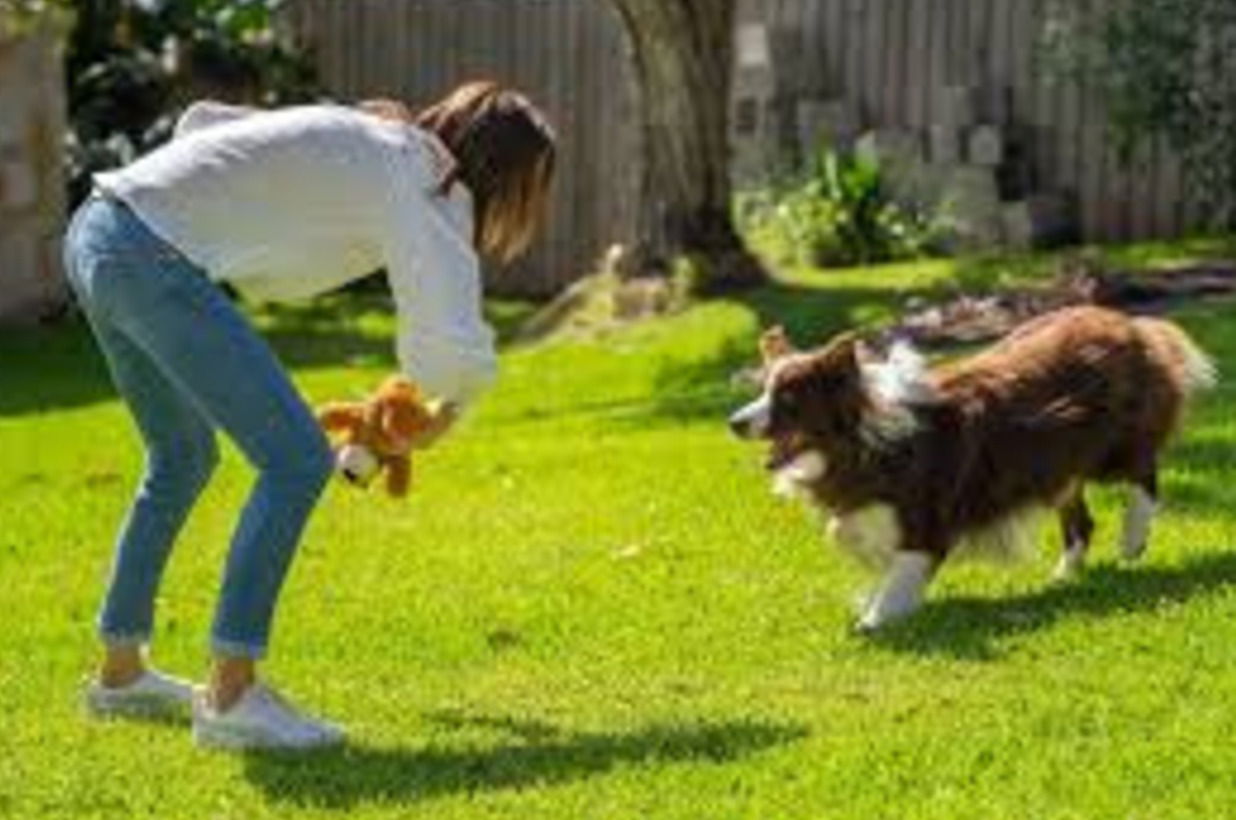The Power of Positive Dog Training: Building Lasting Bonds

Dog training is essential to ensure a harmonious relationship between pets and their owners. When done correctly, training not only teaches obedience but also strengthens the emotional bond between a dog and its family. A compassionate and structured approach can help dogs thrive, especially when training is fun, engaging, and tailored to the dog's unique temperament.
Incorporating methods that encourage learning through play and positive reinforcement leads to a more successful and rewarding experience for both dogs and their owners. Let's explore three effective tips for dog training based on proven techniques that promote trust, confidence, and success.
1. Utilize Positive Reinforcement to Encourage Good Behavior
Positive reinforcement is a well-established and effective training method that rewards dogs for performing desired behaviors. Instead of punishing undesirable actions, this method focuses on reinforcing good behavior with treats, praise, or playtime. This approach helps dogs associate good behavior with positive outcomes, making them more likely to repeat it.
For example, when teaching basic commands such as leash walking, recall, or staying in place, rewarding the dog immediately after they perform the action correctly strengthens their understanding. This method is proven to build trust between the dog and the trainer, while also fostering a positive learning environment.
2. Incorporate Play-Based Training for Shy or Anxious Dogs For dogs that are shy, nervous, or new to training, incorporating a play-based approach can help boost their confidence. This method encourages dogs to learn new skills in a less structured, more relaxed setting. By introducing agility elements or playful games, dogs can develop new abilities without feeling overwhelmed.
An agility course or simple play session can stimulate their mental and physical abilities, offering a more dynamic learning experience. Not only does this help anxious dogs feel more comfortable, but it also makes the training process enjoyable for both the dog and its owner, fostering a stronger bond.
3. Consistency and Patience are Key to Addressing Behavioral Issues
Addressing behavioral challenges such as barking, chewing, or nipping requires consistency and patience. Dogs, like humans, need time to adapt and understand the boundaries set for them. It’s essential to remain calm and committed to the training process, using the same cues, signals, and rewards each time.
Training should be seen as a journey rather than a one-time fix. As owners and dogs build trust and mutual understanding, problems like barking or destructive chewing can gradually be minimized. Offering consistent guidance and positive reinforcement will help the dog understand what behavior is expected, creating long-term behavioral improvements.
Dog training, when approached with care, patience, and positivity, can transform the relationship between dogs and their owners. Using positive reinforcement, play-based learning, and a consistent training routine helps dogs thrive and build trust, ensuring that the bond between the pet and the owner becomes a lasting one. By focusing on techniques that promote emotional and behavioral growth, dog owners can ensure their pets are happy, confident, and well-behaved members of the family.
Reference:
Lindsay, S. R. (2005). Applied dog behavior and training: Procedures and protocols (Vol. 2). Wiley-Blackwell.
Overall, K. L. (2013). Manual of Clinical Behavioral Medicine for Dogs and Cats.
Elsevier Health Sciences. Donaldson, J. (1996). The Culture Clash. James & Kenneth Publishers